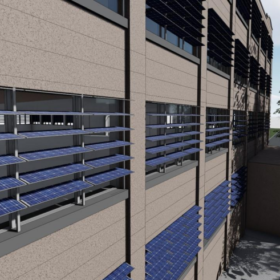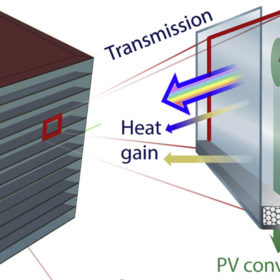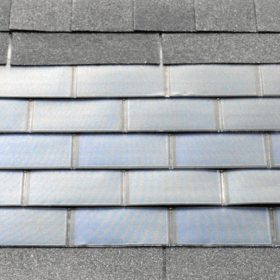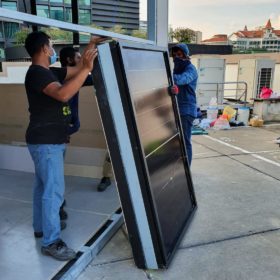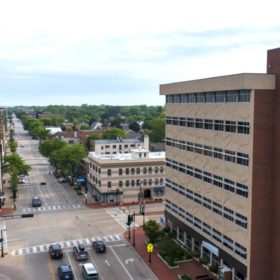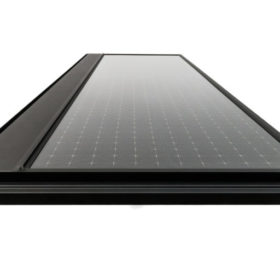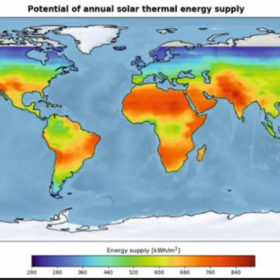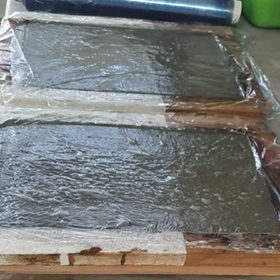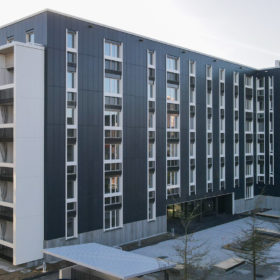Design framework for BIPV shading devices
Canadian researchers have developed a new model to improve the performance of building-integrated PV (BIPV) shades in buildings. They considered solar electricity, heat transferred through windows, and interior daylighting quality.
PV windows cut energy use by 40% in glazed buildings, says NREL
The US National Renewable Energy Laboratory (NREL) has shown that perovskite-based thin-film PV, transparent PV, and dynamic PV glazing technologies can reduce the energy use of glazed buildings by around 40% across eight regions in the United States.
Photovoltaic signboard with 18.5% efficiency
Dansk Solenergi, a Danish building-integrated PV specialist, has launched a round, 95 W solar module that works as a PV signboard. Its 35 solar cells, which remain hidden behind an image of Earth, have an efficiency of 18.5%.
TÜV Rheinland offers certification for building-integrated PV
Germany’s TÜV Rheinland has defined safety and quality guidelines for building-integrated photovoltaic (BIPV) modules to bring more transparency to the market.
Prefabricated BIPV wall for multi-floor buildings
Scientists in Singapore have built a plug-and-play, multi-layered, building-integrated PV wall that can be installed without scaffolds. The system has a light-gauge steel support structure, with a system to block air and rainwater at the wall connection.
BIPV solar facade on high-rise building to produce 58 MWh annually
The 25-meter building facade building with 120 solar modules uses SolarEdge optimizers to overcome shading from neighboring buildings.
Australian manufacturer unveils solar tile with 19.3% efficiency
Leeson Group, a Melbourne-based renewable energy company, has developed a rooftop PV tile with an efficiency rating of up to 19.3%.
World has technical potential to host 47.6 PWh of photovoltaic-thermal panels
Scientists from the Central European University in Hungary have estimated the global technical potential of photovoltaic-thermal (PVT) energy production by using a high-resolution geospatial model.
Reflective coating to reduce solar tile temperatures
Australian scientists have tested different reflective coatings in solar tiles and have found that they could improve the performance of building-integrated PV devices by up to 6.6%. They are currently working with building product manufacturers to bring their tech closer to commercial production.
Saint-Gobain acquires stakes in Swiss BIPV manufacturer Megasol
Saint-Gobain has acquired a minority stake in Megasol, a Swiss manufacturer of building-integrated photovoltaic (BIPV) modules.
